How does linden reproduce?
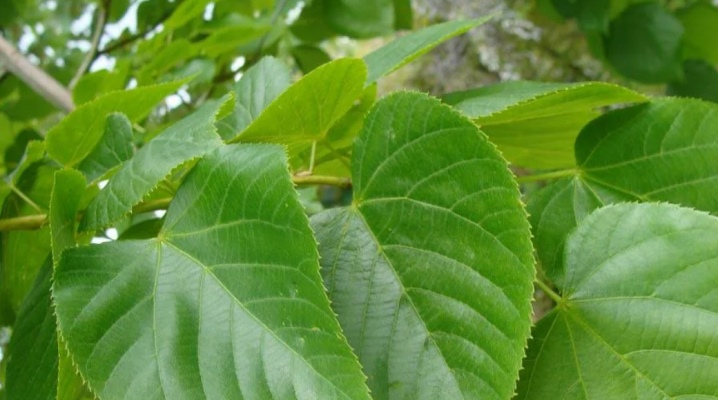
Linden is a beautiful deciduous tree and is popular with landscape designers and country house owners. You can see it in a city park, in a mixed forest, and in a summer cottage. The plant belongs to centenarians, in the wild it can live up to 600 years. Linden reproduces in several ways: by seeds, layering, shoots and cuttings.
Reproduction by shoots
Young shoots often appear under the crown of an adult tree, which can be used for transplanting in a couple of years. Seedlings growing at a distance of 2-3 meters from an adult tree are considered the most robust and viable. Young growth inherits all the characteristics of the parent plant, which is very convenient for breeding varietal specimens.
Using a sharp shovel, the root of the seedling is separated from the mother's root system and moved to a new location. To do this, a hole is dug with a depth and diameter of 50 cm, then a drainage layer 10-15 cm thick is laid on the bottom. River pebbles, small crushed stone or broken brick are suitable as drainage. A 3-centimeter layer of humus is placed on top, which is pre-mixed with 50 g of superphosphate.
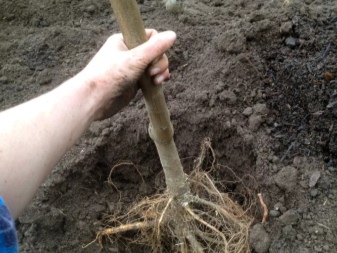

Then a mixture is prepared, consisting of turf, sand and humus, taken in a ratio of 1: 2: 2. After that, the young plant is placed in a planting hole, and the roots are sprinkled with the prepared soil mixture. In this case, the root collar should be located flush with the ground or slightly below its level, but in no case above its surface.
After planting, linden is well watered and during the first 2 years fed with ash, mullein infusion or any other nitrogenous fertilizer. Top dressing is performed 3 times per season, while not forgetting to regularly loosen the soil and remove weeds. To retain moisture in a dry year, the trunk circle is mulched with pine bark or sawdust. If it is not possible to dig out the growth from under the tree, then the seedlings can be bought and it is best to do this in the nursery.
The best option is plants with a closed root system, which are sold in spacious pots. They are planted in planting pits along with an earthen lump by the transfer method, after which the fertile mixture is poured, easily tamped and watered.
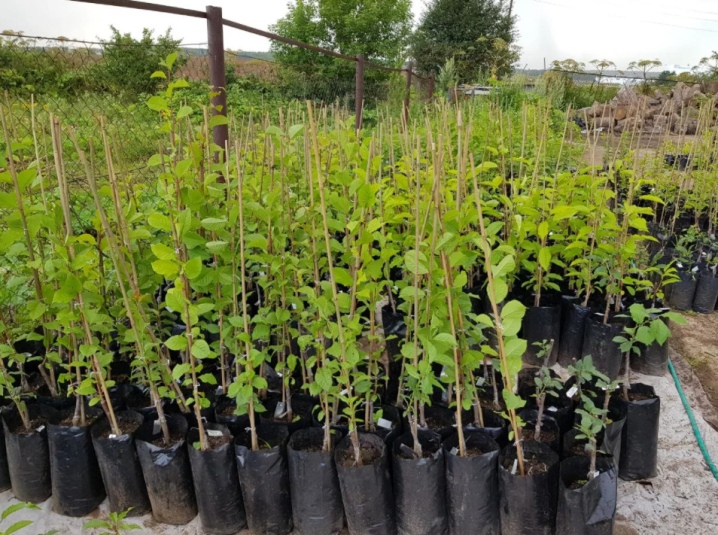
How to grow with cuttings?
This method is convenient to use when it is necessary to obtain offspring from a particular tree in order to inherit all the characteristics of the mother plant by the young. The essence of the method is as follows: in the spring, before the start of sap flow, the lower branches of the tree are bent to the ground and laid in shallow, previously dug trenches. In this position, they are fixed with V-shaped metal brackets and covered with soil mixture. From time to time, the layering is watered and fed several times per season with nitrogenous fertilizer. Soon, young sprouts will begin to appear from the branches in the soil, which in a year or two will finally take root and will be ready to separate from the parent.
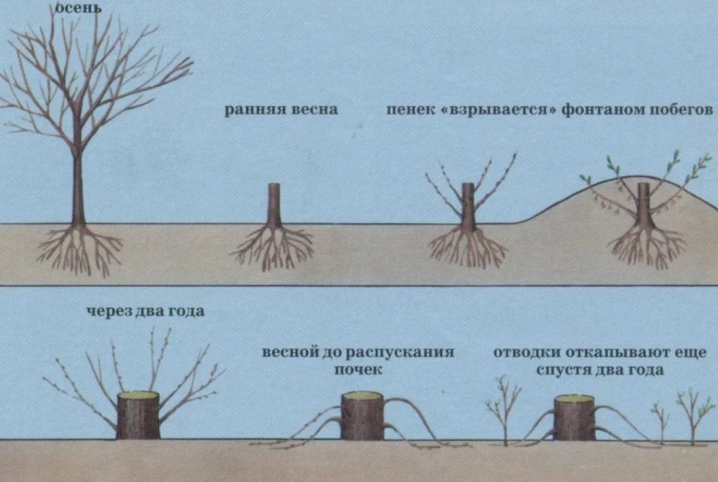
Cuttings
You can harvest linden cuttings in autumn and spring. When harvesting in spring, young green branches that have not had time to woody are cut off from an adult tree, and cut them into cuttings 15 cm long. Each cutting should have at least 4-5 buds. In this case, the upper cut is made straight and performed immediately above the kidney.The lower one is made oblique, performing it 1 cm below the kidney at an angle of 45 degrees. It is recommended to cut linden trees early in the morning or in rainy weather. At this time, the air humidity is at its maximum, due to which the percentage of moisture evaporated from the cuttings is significantly reduced. Retention of moisture contributes to the rapid rooting of a young sprout and increases its survival rate.
Cut cuttings are placed in a container filled with Epin's or Kornevin's solution. These drugs are growth stimulants and have proven to be excellent in the independent propagation of trees and shrubs. Thanks to the preparations, young plants take root faster and take root better in a new place. The air temperature during germination should be at least +25 degrees, since in colder conditions the growth of roots slows down significantly. After the cuttings have roots, they are transplanted into prepared soil.
The soil for young lindens begins to be prepared in the fall. To do this, the site is freed from weeds, ash with humus is brought in and dug well. They break up large clods with a large rake, level the ground and cover with a film. Weed roots remaining in the soil quickly rot and serve as an additional fertilizer for young lindens. In the spring, the shelter is removed and the soil is allowed to breathe a little.
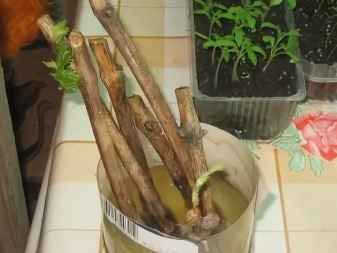
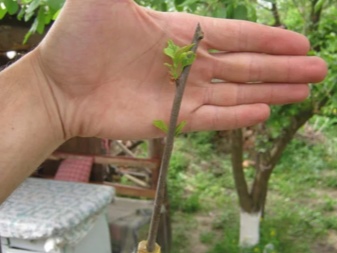
The cuttings are planted at a distance of 20 cm from each other, deepening them by 1.5 cm. If they are planted more densely, then the forming roots will be cramped, they will begin to compete for resources and grow worse. In summer, in the heat, the seedlings shade a little, using portable protective screens. If the summer is not predicted to be warm enough, the cuttings are planted in a greenhouse. Thanks to the comfortable conditions, the absence of wind and cold rain, it will be much easier to root them.
Cuttings can be harvested in the fall. To do this, cuttings with 5-6 leaves 15 cm long are cut from young branches. Then the leaves are cut off, the cuttings are tied in a bunch, placed in a container with wet sand and removed to the basement. Storage is carried out at temperatures from 0 to +4 degrees and air humidity not higher than 60%. In the spring, the cuttings are taken out of the sand and act in the same way as with cuttings cut in the spring. Sometimes it happens that during the winter the cutting has time to take root. Such specimens are planted directly into the ground, bypassing soaking in "Kornevin".
In summer, young seedlings water, loosen the soil around them and mulch it with sawdust. The next year, after the plants take root and get stronger, they are transplanted to a permanent place.
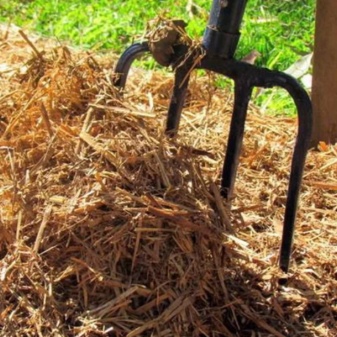
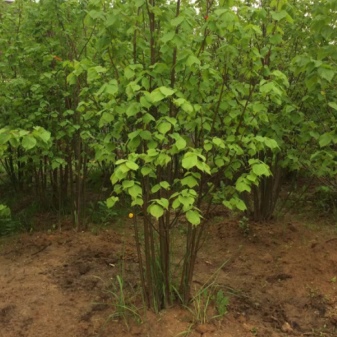
Seeds
Reproduction of linden with seeds is a very long process and takes from 10 to 12 years. It is after such a period that a young tree develops from a seed planted in the ground. Few people decide to take such a step at home on their own, and breeders mostly resort to seed reproduction for experimental purposes.
- Linden bloom begins in the second decade of July and lasts 10 days. Fragrant flowers fly around, and in their place fruits appear with one or sometimes two seeds inside.
- Fruit picking can be carried out at different stages of ripening. They can be harvested almost immediately, after the linden has faded and the fruits barely turn yellow, as well as in the fall, after the fruit is finally ripe and turns brown.
- To improve germination, seeds are stratified. To do this, they are placed in a container with wet sand and removed in the cold for 6 months, periodically watering them. Instead of pure sand, you can use a mixture of sand and peat, taken in equal parts.
- In spring, stratified seeds are planted in open ground and await germination. Not all of them sprout, but only the strongest and most viable ones.
- During the first 2 years, the young are fed with fertilizers, watered, weeded and sheltered for the winter. In colder climates, seed germination is done indoors, planting 1-2 seeds in flower pots.
After the plants get stronger and no longer need careful care, they are planted in a permanent place. The transplant is carried out in warm, dry and calm weather. Seedlings are regularly watered and, if necessary, shaded.
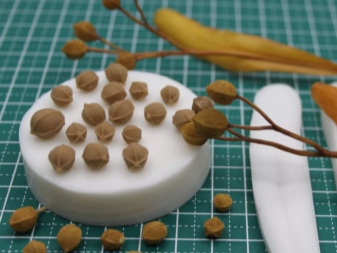

See below for the features of linden propagation by cuttings.



































































The comment was sent successfully.